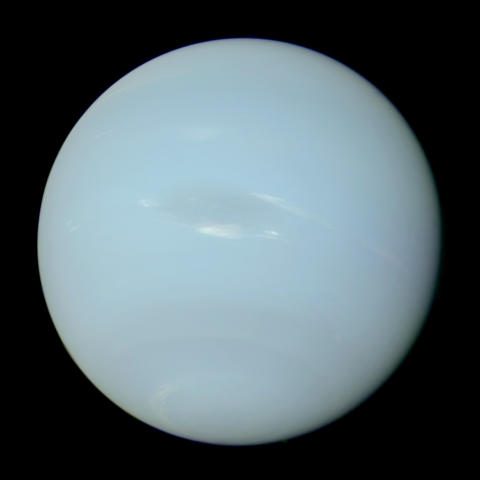#1061 What noise would the sun make?
What noise would the sun make? The sun doesn’t make a sound in the conventional sense because there is no air for the sound waves to travel through. Sound is a pressure wave that moves through a medium. The energy is passed from molecule to molecule until it runs out and the sound fades away. […]
#1061 What noise would the sun make? Read More »










